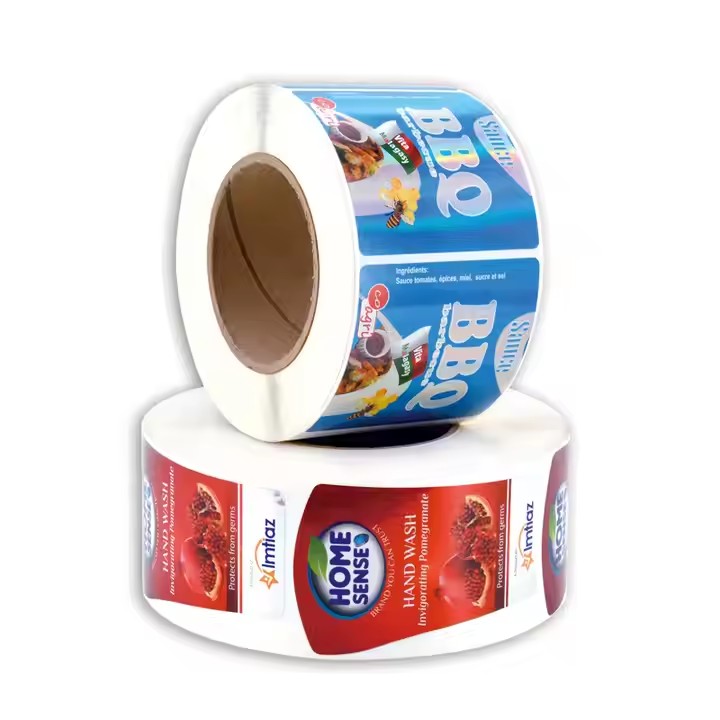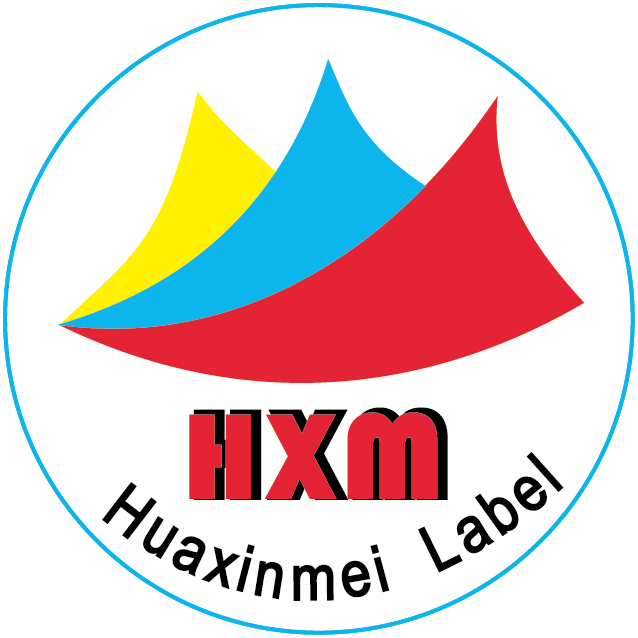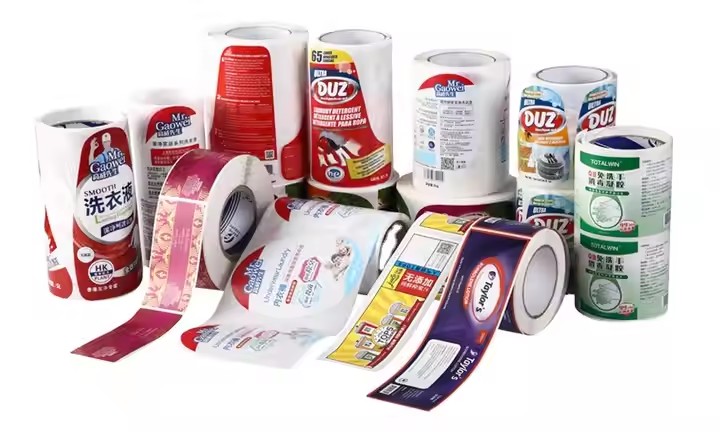
- Understanding the Characteristics of the Target Market
Cultural Differences
Different countries and regions have distinct cultural backgrounds and values, and the preferred styles and patterns for products can vary significantly. Therefore, labels need to be tailored to specific consumer segments within the market. For example, in some Asian countries like Japan and South Korea, consumers prefer packaging with simple, refined typography and design, often incorporating traditional elements. In contrast, in the Middle East, due to religious beliefs, labels cannot feature images or words that contradict Islamic teachings, such as depictions of pigs. Colors also carry different meanings across cultures. In Western cultures, white is often associated with weddings and purity, while in some Asian cultures, it may be linked to funerals. Manufacturers need to understand these cultural differences to avoid misunderstandings due to inappropriate color choices. The preferences for color and style vary by region, so labels should reflect these preferences to appeal to consumers and ensure the label is memorable.

Language Requirements
Accurate translation is crucial. If the product is entering a non-native language market, the product name, function descriptions, and usage instructions on the label need to be translated accurately. For example, medical device labels must use industry-specific terminology that complies with local regulations. The layout of text should also accommodate reading habits; for instance, Arabic is read from right to left, so the text direction on the label must match this, while Latin-based languages are read from left to right. Labels must use the local language so consumers can easily understand the product information and make a purchasing decision.
Regulations and Standards Differences
Different markets have different regulatory requirements for product labels. For example, in the European Union, food labels must list detailed nutritional content, allergens, and food origin. In the United States, while basic nutritional information is required, there are additional certification marks and labeling requirements for certain food categories, such as organic foods. For cosmetics, the EU mandates a list of ingredients that must follow international naming conventions, while other countries may have their own standards or less stringent requirements. Manufacturers must comply with the specific regulatory frameworks of the markets they are selling to, including those for food, pharmaceuticals, personal care products, etc.

Determining Label Content
Product Information
Product Name: Different markets may require different product names. For example, the same car model may have a different name in domestic and international markets to align with local consumer habits. The product name should also be unique to avoid legal issues and infringement claims.
Function Description: The product label should highlight the features most relevant to the target market. For example, if an electronic product is sold primarily to photography enthusiasts, the label could emphasize high resolution, multiple shooting modes, etc. For a more general audience, the focus might be on ease of use or stylish design. Descriptions of product functionality should be clear and concise, allowing consumers to quickly understand how the product meets their needs and helping them make a purchase decision.
Ingredients and Materials: For products such as food, cosmetics, and pharmaceuticals, clear labeling of ingredients is essential. In markets with strong environmental awareness, like Europe, labels that emphasize natural or organic ingredients, or the use of recyclable materials, can attract more consumers. Eco-friendly materials and sustainable packaging have become increasingly important to consumers, and using such materials can help align the product with consumer values.

Brand Information
Brand Identity: The brand logo design may need to be adapted for the target market. For example, international brands may add a Chinese name next to their logo for the Chinese market, adjusting the font style to align with both the brand image and Chinese cultural aesthetics. Understanding the brand’s tone and values is key when designing the label, as it helps create a more memorable identity for consumers.
Brand Story and Values: In markets where brand culture is important, such as the United States and certain European countries, labels that showcase the brand’s story, environmental ethos, or social responsibility can enhance consumer loyalty. Presenting the brand’s values helps attract like-minded consumers and increases product sales by aligning with their core beliefs.

Usage Instructions and Warning Information
Usage Instructions: The instructions should be simple and easy to understand. For example, in the case of home assembly products sold in Europe and the U.S., labels may use both text and images, with illustrations that align with local aesthetic preferences. In developing markets, detailed text instructions may be necessary to ensure proper product use.
Warning Information: Sensitivities to product risks vary by market. For example, in the U.S. toy market, there are strict labeling requirements for small parts that may pose choking hazards, with clear warnings such as “Contains small parts, not for children under 3 years.” Different products may require specific warnings based on the target demographic—some medications may carry warnings for pregnant women, for example, which must be clearly indicated on the packaging to prevent adverse consequences.



